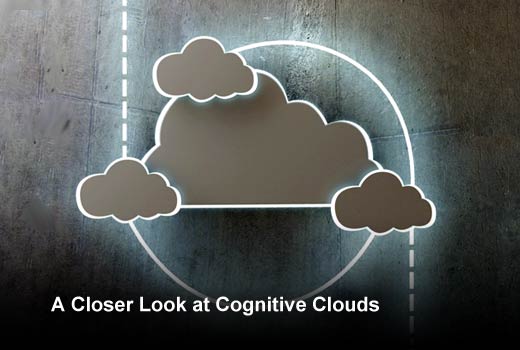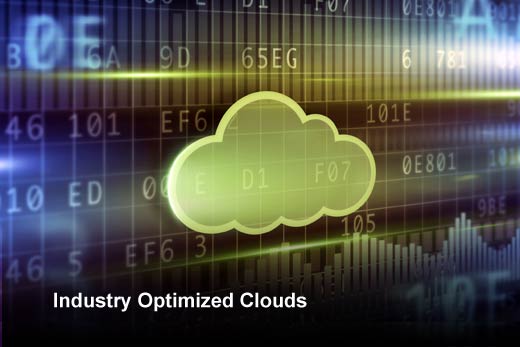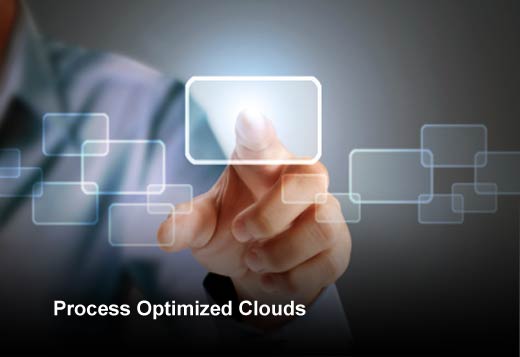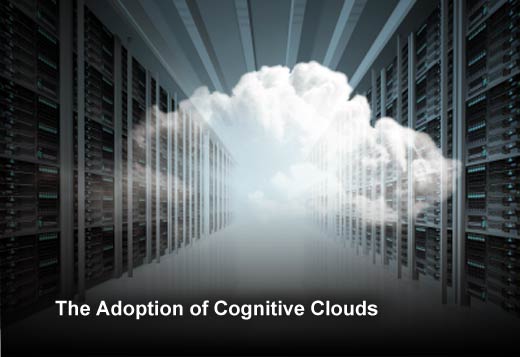Cognitive computing made a big splash when IBM introduced Watson on “Jeopardy” a few years ago, and its impact on the world has only grown since then. The ability to address complex situations and data trends using ambiguous data is a hot agenda item with business and IT decision makers today, and as such the demand for cognitive clouds is on the rise. In this slideshow, CognitiveScale explains this new category in cloud computing.
Cognitive clouds address three of the biggest challenges facing businesses today: securely sourcing data from multiple sources, analyzing unstructured data, and getting actionable results from analytic initiatives. Cognitive clouds address these challenges by augmenting human intelligence and accelerating the value of Big Data by extracting insights from structured and unstructured data. This includes data from sources that are difficult to capture, process and analyze such as information from devices, social media and images.
Cognitive clouds generate insights and advice, weaving them into contextually relevant visual data stories that apply to industries and business processes. They are able to do all of these things while providing businesses with complete data transparency, lineage, management, and control over the data.
A Closer Look at Cognitive Clouds
Click through for a closer look at cognitive clouds and the advantages they can present business, as identified by CognitiveScale.
See, Know, Engage, and Learn
Cognitive clouds are different because of their ability to see and analyze the individual. They focus on knowing the consumer by analyzing structured and unstructured data from interactions across social, public, private and device touch points. In doing so, cognitive clouds are able to build deep knowledge and probabilistic relationships based on declared, observed and inferred behavior.
They are able to engage users through natural language search and personalized insights that are delivered in a contextual and timely manner. Additionally, they learn from users, with insights getting more personalized and contextually relevant based on continuous interactions and freshly streaming data.
Industry Optimized Clouds
There are two types of cognitive clouds – industry optimized and process optimized. Industry optimized clouds understand the language of a particular industry such as health care, retail or finance. These clouds contain knowledge graphs, models and multi-structured data that generate insights.
Industry Optimized Clouds – Health Care
Industry optimized clouds for health care can help improve patient engagement and enable care managers and population health executives to more effectively treat people, manage population health, and lower health care costs.
A health care optimized cognitive cloud would come with multiple analytic services and models including diet, activity recommendations, sentiment analysis, and side-effect predictions. It would also include multi-structured data across public, private, social, and device sources such as the Center for Disease Control, FitBit, and WebMD. This data could provide care managers with personalized insights about their patients and patient populations from clinical, social, environmental, and socio-economic data to reduce avoidable hospitalizations.
Also, patients can take advantage of this technology by using an application to log their diet and activities and receive alerts when they need to take their medication. The app would be personalized to the patient’s specific health care needs and use the most up-to-date information on the patient’s conditions including recent test results, chronic illnesses, dietary issues, and allergies.
Industry-Optimized Clouds – Retail
Industry optimized clouds for retail may feature cognitive insights, cognitive search, and cognitive commerce. It could also include product information such as catalogs and descriptions, user-generated content including reviews and pictures, and insight from Facebook and Pinterest, purchase history, a shopper’s location, and customer data found in CRM systems. Based on public, private and device data, the cognitive cloud could deliver insights that align with the shopper’s interests and needs to drive inspired shopping based on the person’s declared, observed, and inferred preferences. This helps retailers improve conversion rates while boosting customer satisfaction and loyalty.
Process Optimized Clouds
Process optimized clouds weave insights and advice into the context of business processes such as those related to customer care, procurement and billing and human resources to help business leaders make real-time decisions that result in more agile organizations.
For example, a process optimized cloud with cognitive insights for an employee service desk would help employees with self-service on IT and business-related queries. This improves employee productivity and reduces costs associated with IT help desks.
Applying the same principles to procurement, cognitive insights for category managers and chief procurement managers reduce the risks in the supply chain and better manage spending.
The Adoption of Cognitive Clouds
Five business reasons driving the adoption of cognitive clouds:
- They’re able to surface insights from dark data — data that is not machine readable or not easily accessed and includes text, images, video, and social media.
- They understand natural language.
- They can generate personalized insights.
- They get smarter with every user interaction.
- They add intelligence to business processes and applications.









